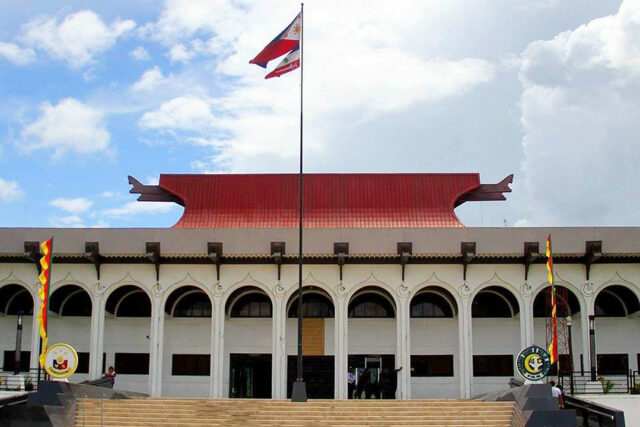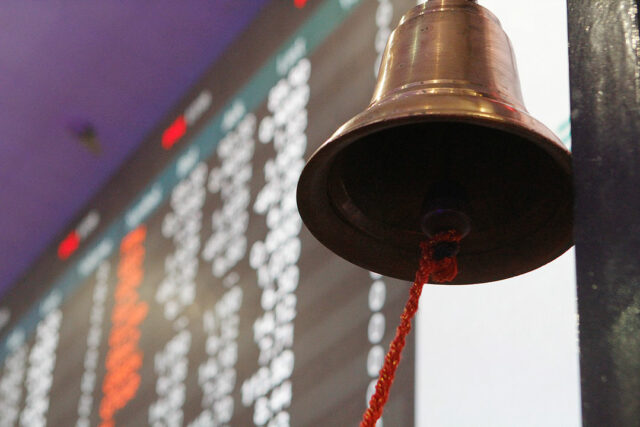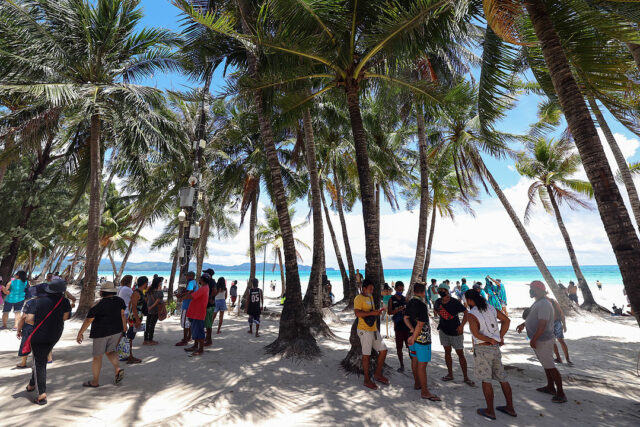ELEVATED PRICES will continue to dampen household spending in the Philippines, ANZ Research said.
“In the Philippines, high food prices and rebuilding of savings have constrained household discretionary spend. We do not foresee a meaningful turnaround until food prices ease and savings are rebuilt to pre-COVID levels,” it said in a report.
Food inflation eased to 4.2% in August from 6.7% a month earlier, largely driven by easing rice prices. Rice inflation slowed to 14.7% from 20.9% a month prior.
The heavily weighted food and non-alcoholic beverages index is typically the main contributor to headline inflation, with rice accounting for almost half of overall inflation.
ANZ expects inflation to settle at 3.4% this year, in line with the central bank’s own forecast. Headline inflation eased to 3.3% in August from 4.4% in July.
“Private consumption growth has also been uneven across economies. In the second quarter of 2024, private consumption softened in the Philippines, South Korea, Thailand and Taiwan,” it added.
Household consumption, which accounts for over 70% of the economy, rose 4.6% in the second quarter, slowing from the 5.5% a year earlier.
The economy expanded 6.3% in the second quarter, bringing the first-half growth to 6%.
ANZ expects GDP to grow 5.9% this year, short of the government’s 6-7% target.
Meanwhile, it sees the policy rate ending the year at 6%. The Monetary Board cut interest rates by 25 basis points at its August meeting, bringing the key rate to 6.25% from an over-17 year high of 6.5%.
“We think lower interest rates will be beneficial overall, but gains will not be formidable or immediate for all economies. As households are spending a greater share of their incomes towards interest payments, a rate cut will help household finances materially,” ANZ said.
“In the Philippines, households are likely to rebuild savings before stepping up spending. Businesses, too, do not view the cost of capital as the most important constraint to capacity expansion. Rather, it has been the degree of competition.”
In a paper, the International Monetary Fund (IMF) said that inflation expectations remain “broadly well anchored.”
“ASEAN-4 central banks have developed significant monetary policy credibility on the back of sound policies over the years. This has helped in anchoring inflation expectations, which have been largely stable since the adoption of inflation targeting in Indonesia, the Philippines, and Thailand.”
The IMF said that monetary policy should be the “first line of defense” against persistent inflationary pressures.
“The exchange rate should remain flexible and act as a shock absorber following fundamental shocks,” it said.
“However, in the context of Philippines’ relatively shallow FX market, and under a scenario with sharp and volatile exchange rate depreciation where shocks relate to risk-off or disorderly financial conditions, the use of foreign exchange intervention may alleviate financial stability risks, limit inflation, and reduce some of the pressure on monetary policy — particularly if exchange rate pass-through to inflation is stronger than expected.”
The peso closed at P55.965 to the dollar on Thursday, against its P55.88 finish on Wednesday. The currency had been trading at the P57-58 level in recent months. — Luisa Maria Jacinta C. Jocson












